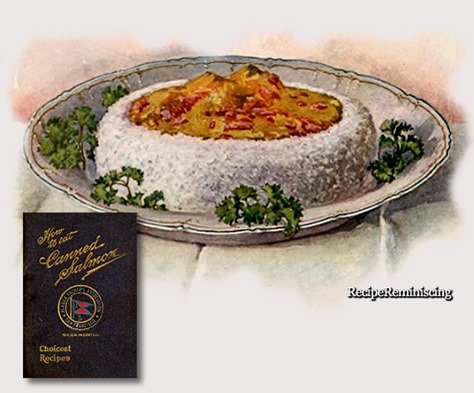 This article was printed in “The Hostess” published by the Bromangelon Publishing Department in 1910, and it is making it quite clear that when inviting a few lady friends over for luncheon back then putting a box of Twinings Earl Grey tea bags and a tray of hastily made sandwiches on the table simply wouldn’t do
This article was printed in “The Hostess” published by the Bromangelon Publishing Department in 1910, and it is making it quite clear that when inviting a few lady friends over for luncheon back then putting a box of Twinings Earl Grey tea bags and a tray of hastily made sandwiches on the table simply wouldn’t do
Ted

Every hostess, however modest her home surroundings, cherishes the ambition to shine in her own little sphere. The ideas suggested in this little book are intended as a guide to simple methods of entertaining in a hospitable, easy, refined and dignified manner, without any undue extravagance. They are intended to serve, not as set patterns to be copied or followed in every detail, but rather to suggest to the ingenious hostess, ways of adapting her own original ideas to the art of graceful home entertainment.

Most hostesses do not realize the full value and usefulness of the serving table. To serve a meal without a maid is easy of accomplishment, if one will follow the hints conveyed in this description.
Instead of the more conventional large tablecloth, for this cosy occasion we will use the more decorative embroidered centerpiece and doilies.

Place on the embroidered centerpiece an earthen jar or vase filled with honeysuckle or some graceful flowering vine. At each cover place a low, small glass with a long branch of the same vine; a water glass partly filled with cracked ice, a small butter plate, containing a butter ball, the little knife by its side; a doily, on which is the service-plate; to the right, two silver knives (sharp edge toward the plate)—to the left, three forks (the prongs turned up), and the napkin, folded square (monogram side up). On the table are three trays, one containing narrow strips of twice-baked bread; and the two smaller ones holding chocolate or other bonbons, and olives or salted almonds.
Most of this luncheon is prepared in advance, and ten minutes before serving, the hostess excuses herself to her guests to heat the first course and prepare the coffee. Everything else is in readiness.
The Menu
Lobster Newburg on Toast
Finger Slices of Dry Toast
Cold Turkey or Chicken
Hearts of Celery
Twice Baked Bread
Jellied Pecan Salad
Brown Bread Sandwiches
Chocolate Cakes filled with Whipped Cream
Black Coffee
Cheese Straws
Salted Nuts, (or Olives)
Sweets
As the guests enter the dining-room, the first course, Lobster Newburg (or Crab Creole) has already been placed. This has been prepared in advance, and only required quick heating on gas burner or chafing-dish before serving. The serving table with a five o’clock tea cloth of handsome linen stands against the wall to the left of the hostess. This table is of the same height as the luncheon table, and is equipped with a lower shelf of the same size as the table top. On top are placed the water pitcher, ice bowl, after-dinner coffee cups and saucers, the plates, a handsome coffee pot and two covered trays, one holding cheese straws, the other the cakes.

On the lower shelf, out of sight, are the second and third courses (which are both cold) arranged on plates—the salad plates toward the back, the plates of cold chicken or turkey (dressed with celery hearts and twice-baked bread) towards the front. The four finger bowls, the napkins and extra silver are in a corner at the back.
Each guest, as she receives the plate for the second course, passes her used plate and silver from the first course to the hostess. These used plates are slipped by the hostess into the places just vacated on the lower shelf of the serving table. When the salad comes forward, places are made for the plates from the second course. Thus, as soon as a plate has been used, it vanishes as completely as with the best trained service. After all the plates and silver have been used, they can be placed in piles on the lower shelf, and removed after the departure of the guests.
When dessert and coffee have been served, the guests will retire with the hostess to the drawing room.
If these instructions are observed everything will pass off very smoothly.































